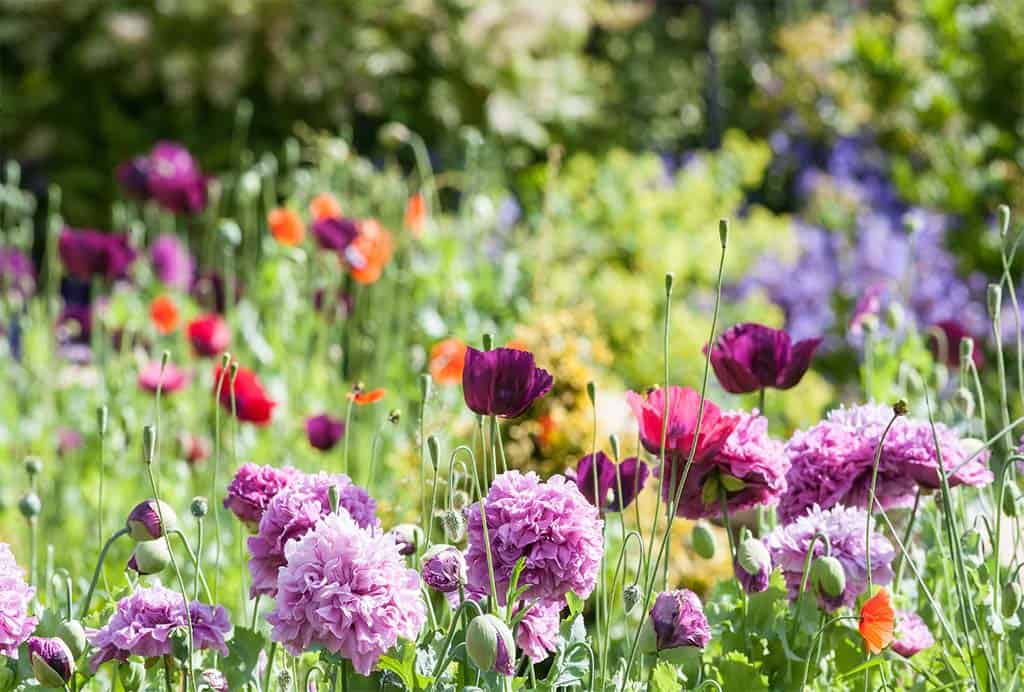
The earlier you can get started on your outdoor space in spring, the earlier you’ll get it shipshape and lovely and ready for plantings and pleasures. Here are things you’ll want to do in your yard and garden now, before things really start to spring up and bloom.
Now’s the time to walk every bit of your outdoor space and survey everything in detail.

TAKE AN INVENTORY
Walk every bit of your outdoor space with a notepad and/or your phone, and survey everything in detail. Are your raised beds in need of a board? Does the path need a fresh layer of gravel? Are there woody plants in need of pruning, or drainage issues that need to be addressed? These are things that are easier to spot before the foliage fills in.
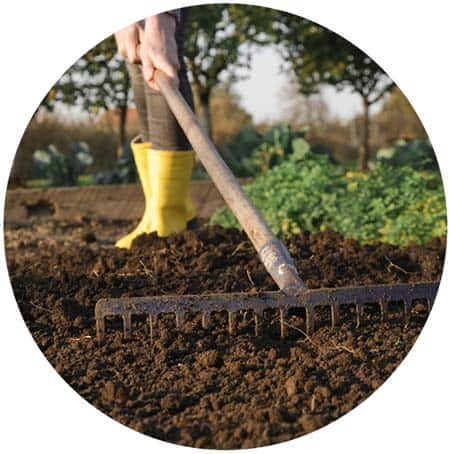
TIDY UP
Clear unwanted leaves, dead vegetation and brush. If you’ve let the leaves lie on your garden over the winter to protect the soil, now’s the time to gently rake the larger ones aside. Once the soil is dry, you can till the more decomposed bits into the top layer of soil. Don’t disturb the soil until it’s dry, though—the bugs and mycorrhizal fungi are busy doing important work down there.
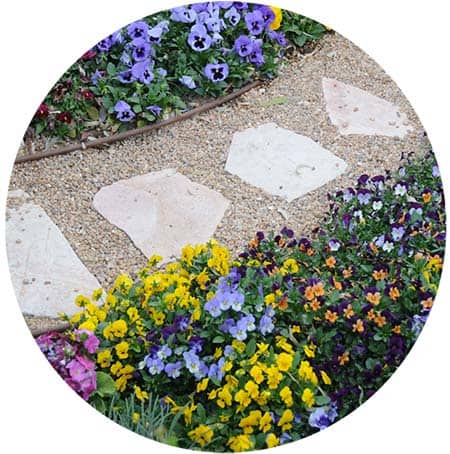
EXECUTE PROJECTS
Move forward on any project plans—like deck-building, painting, walkway installation, or fencing—that might disrupt your vegetation if done after things sprout and bloom. This way, not only will plants be undamaged, the greens and florals will mature up around your new additions for a wonderfully integrated look.
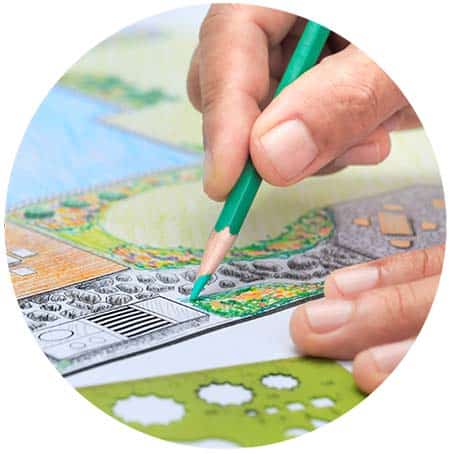
PLAN YOUR GARDEN
If you’re new to this, or to your particular property, you can lean heavily on the folks at the local garden centers and nurseries for tips and suggestions—you can bring in a photo of a spot and get an expert’s opinion on what would thrive there. You can even go farther and pay an expert to come take a look and make a plan with you.
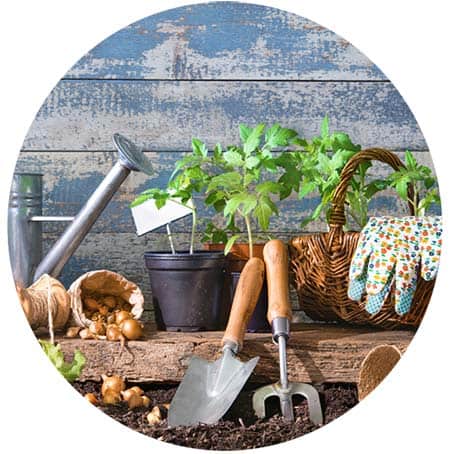
GET YOUR TOOLS IN ORDER
Pruners, loppers, and shears should be all be sharp, for both safety and efficiency. Make sure any wooden handles aren’t sprouting splinters. Treat yourself to a new pair of gloves, a big hat, and a pad to sit or kneel on.
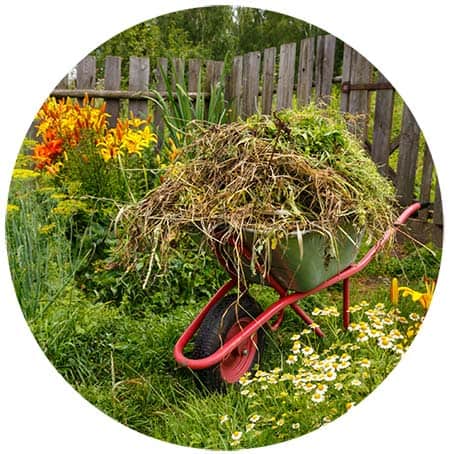
DON’T OVERCOMMIT
Jokes about excess tomatoes and zucchini aside, all of those plants will need TLC through the season. Native plants and hardscapes can lighten the overall workload. Just don’t make the mistake of putting in such a big garden or so many temperamental ornamentals that you’re signing up for a season of endless toil or frustrating failure
Lean heavily on the folks at local garden centers and nurseries for tips and suggestions.
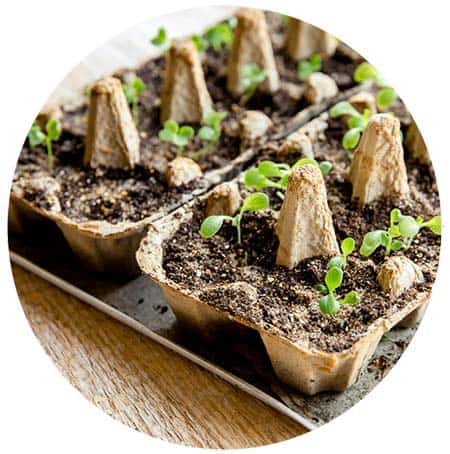
START SEEDLINGS
Start seedlings in containers that can be moved outdoors once the weather breaks. Try recycling materials you already have at home. Some delicious greens—broccoli, parsley, onions, leeks, arugula—can be planted in early March. In mid-March, as soon as the soil is dry enough to work, you can start peas.

SWAP PLANTS
If there are plants that are getting out of hand, check local social media for plant swaps. You can dig up some of yours, and go see what’s available. Plant swaps are great for fresh ideas. Look out for Cornell Cooperative Extension’s Plant Swap and Sale.
PLAN A RELAX SPOT
Make yourself a comfy hangout spot or two. Outdoor furniture, pretty ceramic or stone, a firepit and/or a gazing ball, some solar lights for nighttime, and a good wind chime will make for blissful relaxation. Lattice-work or ornamental grasses can be used to add privacy.

